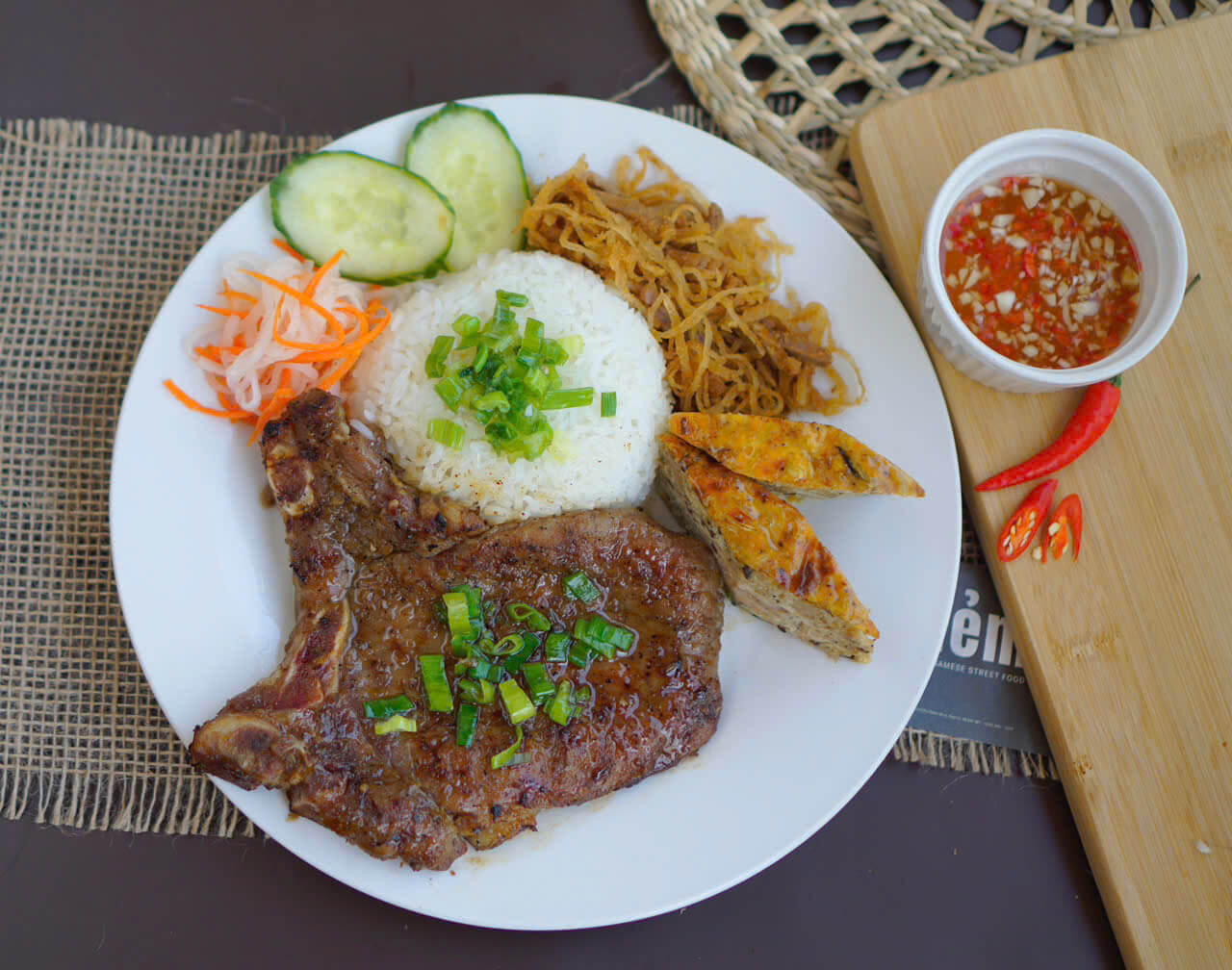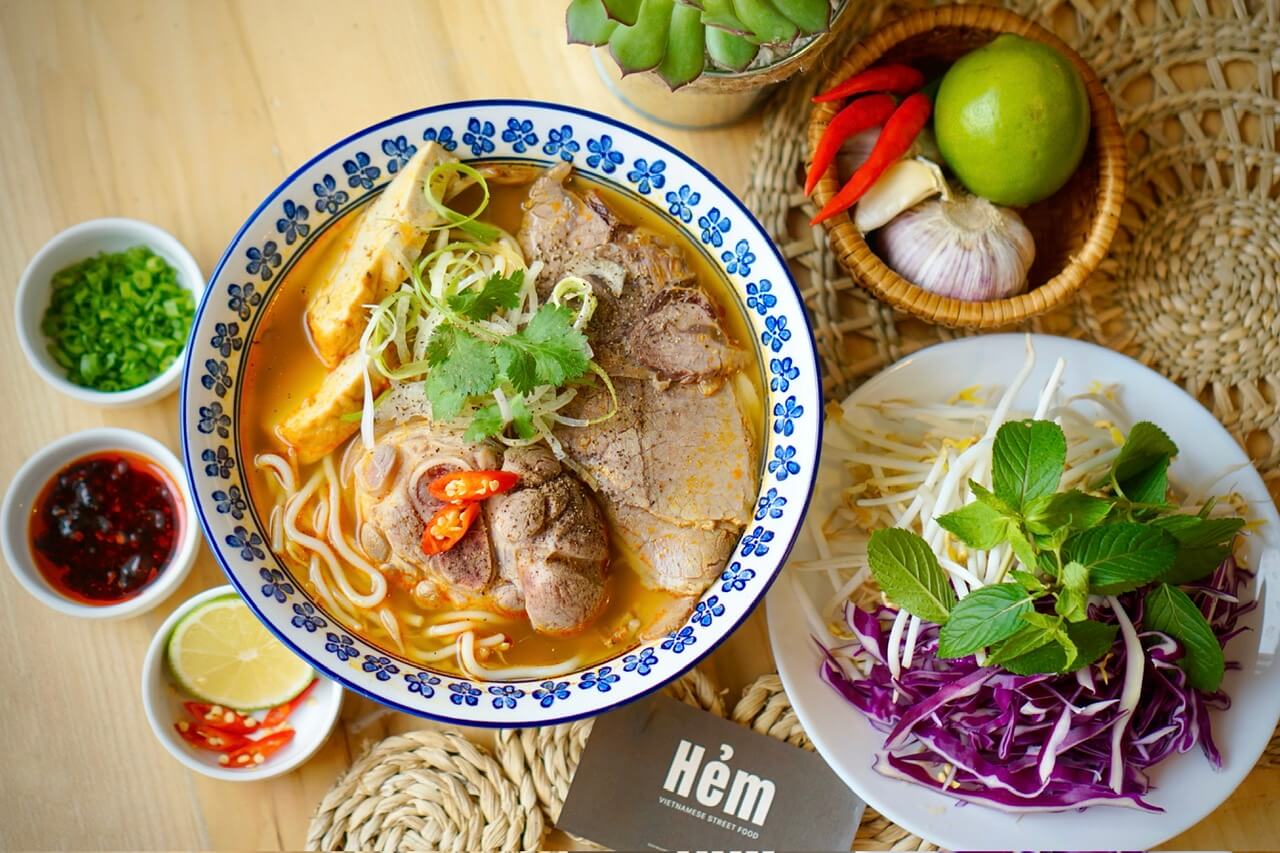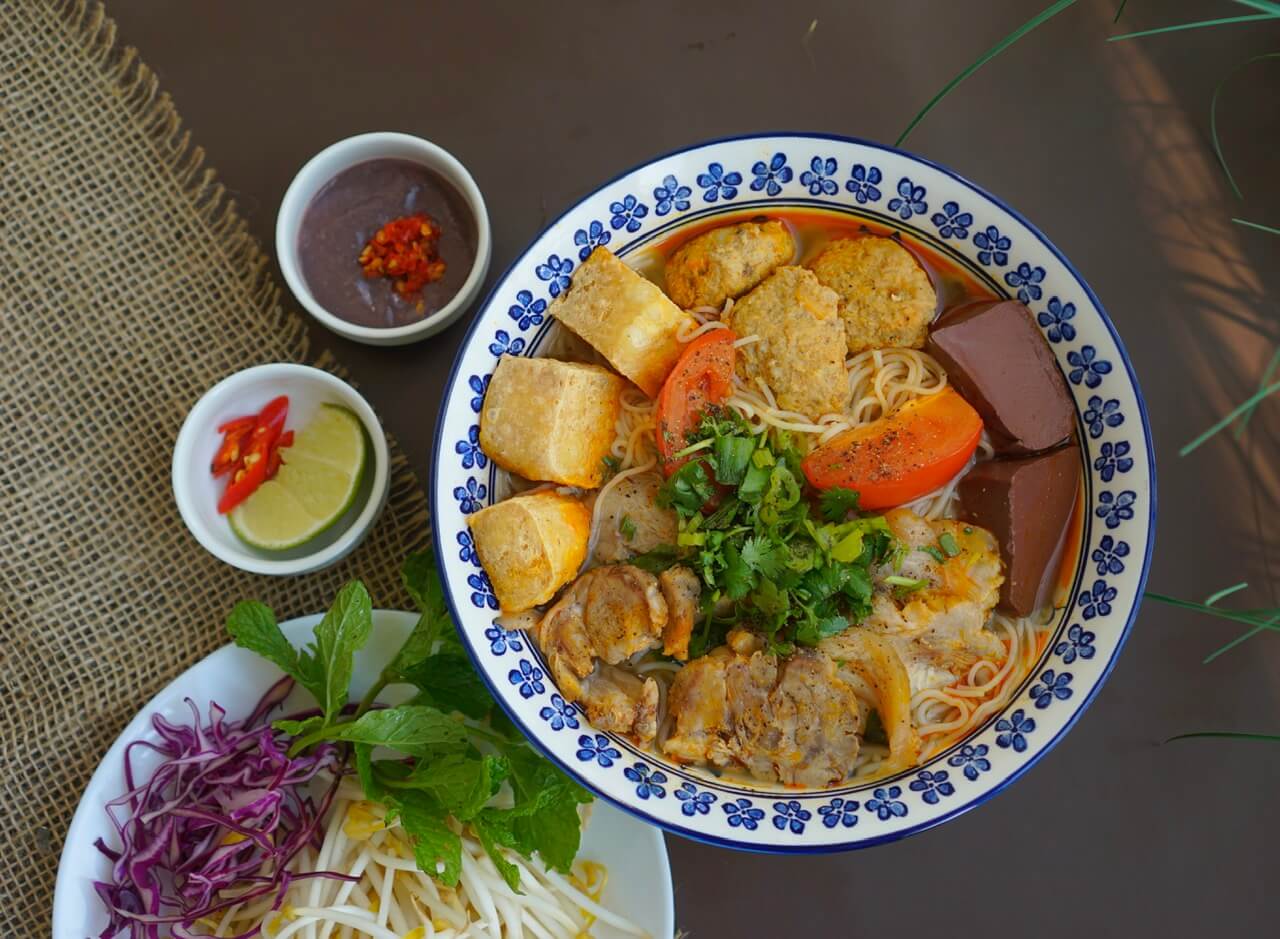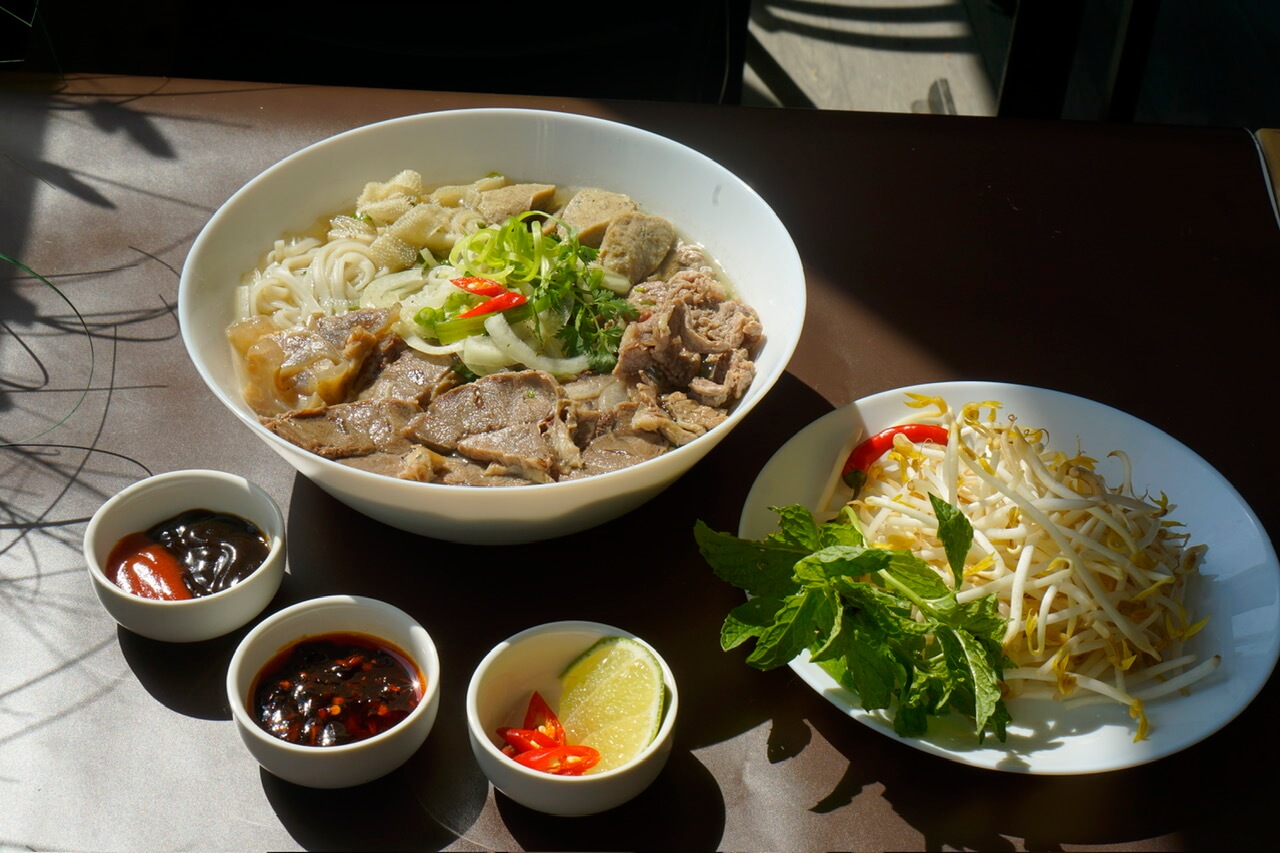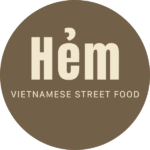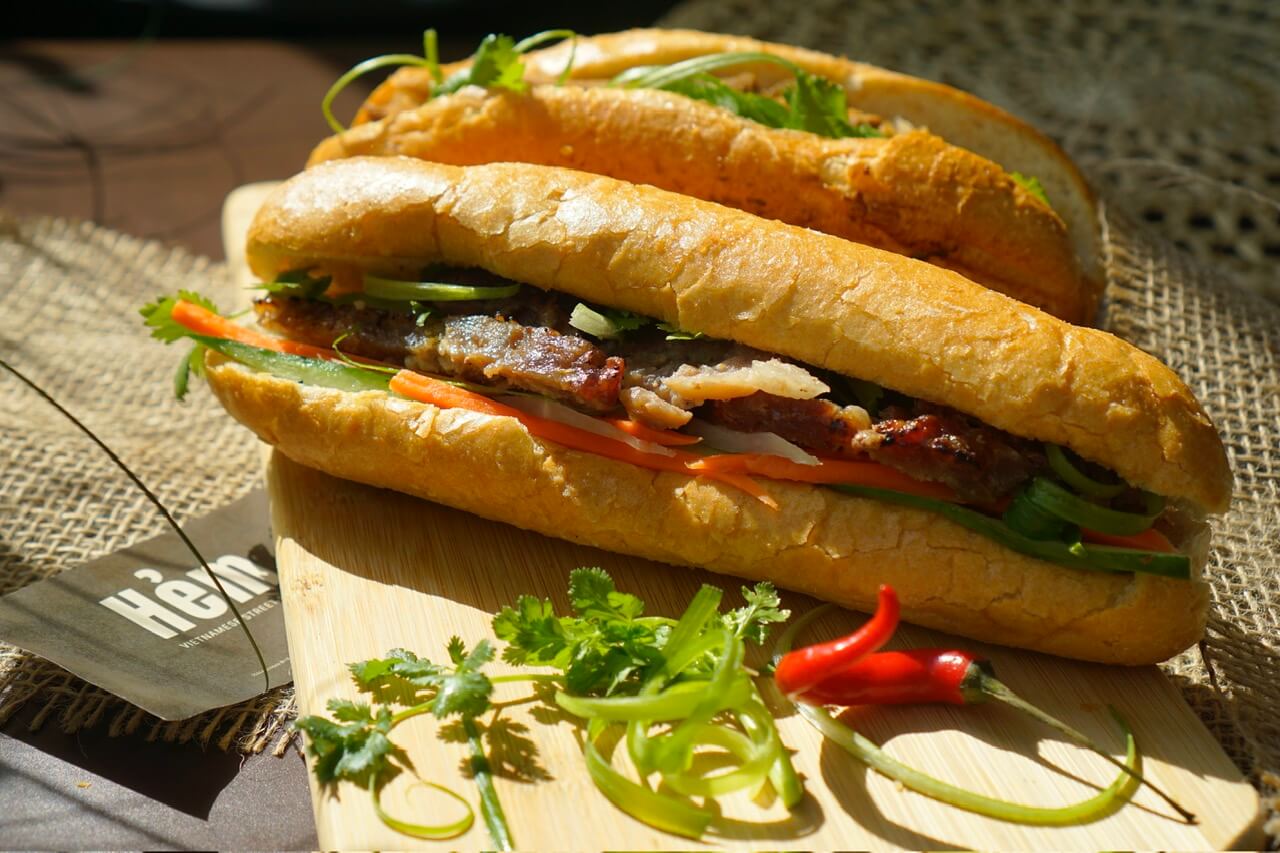
Bánh Mì – Vietnam’s Iconic Sandwich with Global Soul
Crispy on the outside, fluffy on the inside, bursting with flavor and texture—Bánh Mì is more than just a sandwich. It’s a cultural crossroads between East and West, a symbol of Vietnam’s colonial past transformed into a modern-day street food sensation. Whether grabbed on the go or savored slowly, Bánh Mì is a handheld story of heritage and creativity.
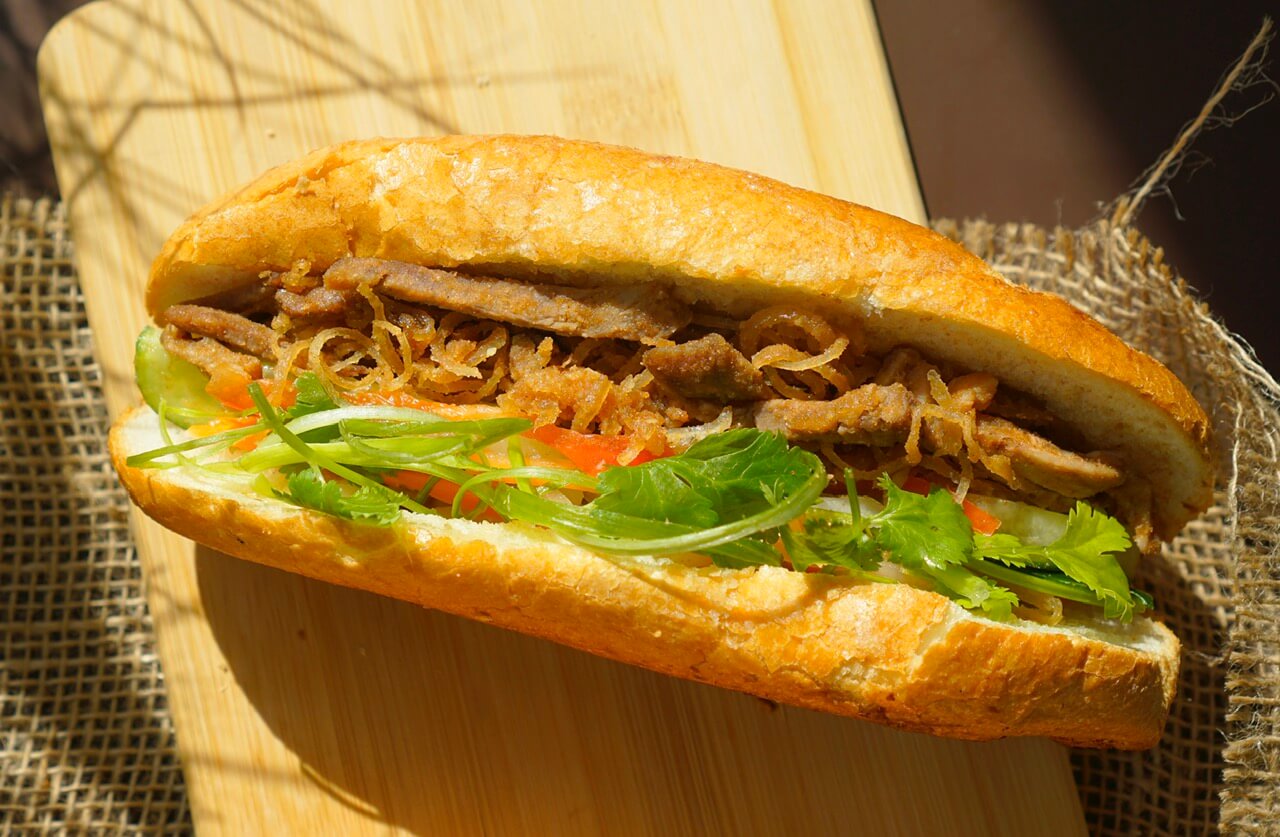
A Fusion Born from History
The roots of bánh mì trace back to the French colonial era, when baguettes were introduced to Vietnam. Over time, the Vietnamese made it their own—shorter, lighter, crispier—and filled it not with butter and cheese, but with vibrant local ingredients.
This transformation created something entirely new: a sandwich that’s both familiar and unique, with a character distinctly Vietnamese.
A World of Fillings, A Signature Style
The beauty of bánh mì lies in its versatility, but a classic version usually includes:
- Crusty Vietnamese baguette, light and airy inside, golden and crackly outside.
- Pâté and mayonnaise, offering richness and depth.
- Grilled meats – often pork, chicken, or Vietnamese cold cuts (chả lụa).
- Pickled carrots and daikon, adding crunch and tang.
- Fresh cucumber, cilantro, and chili, bringing freshness and heat.
The result is an explosion of flavors—savory, sweet, tangy, spicy, and herbal—all perfectly wrapped in one bite.

Street Food Staple, Global Favorite
From street vendors in Saigon to food trucks in New York and cafés in Paris, bánh mì has become a global phenomenon. Affordable, portable, and endlessly customizable, it reflects the soul of Vietnamese street food: quick, creative, and full of personality.
And yet, despite its international fame, the heart of bánh mì remains local. Every region of Vietnam puts its own spin on the sandwich, from bánh mì phá lấu in the South to bánh mì trứng (with eggs) in the North.
More Than a Sandwich
Bánh mì is a symbol of resilience and reinvention. It tells the story of how Vietnam took something foreign and made it unmistakably their own. It’s not just a bite—it’s a conversation between cultures, and an invitation to taste Vietnam, one sandwich at a time.
